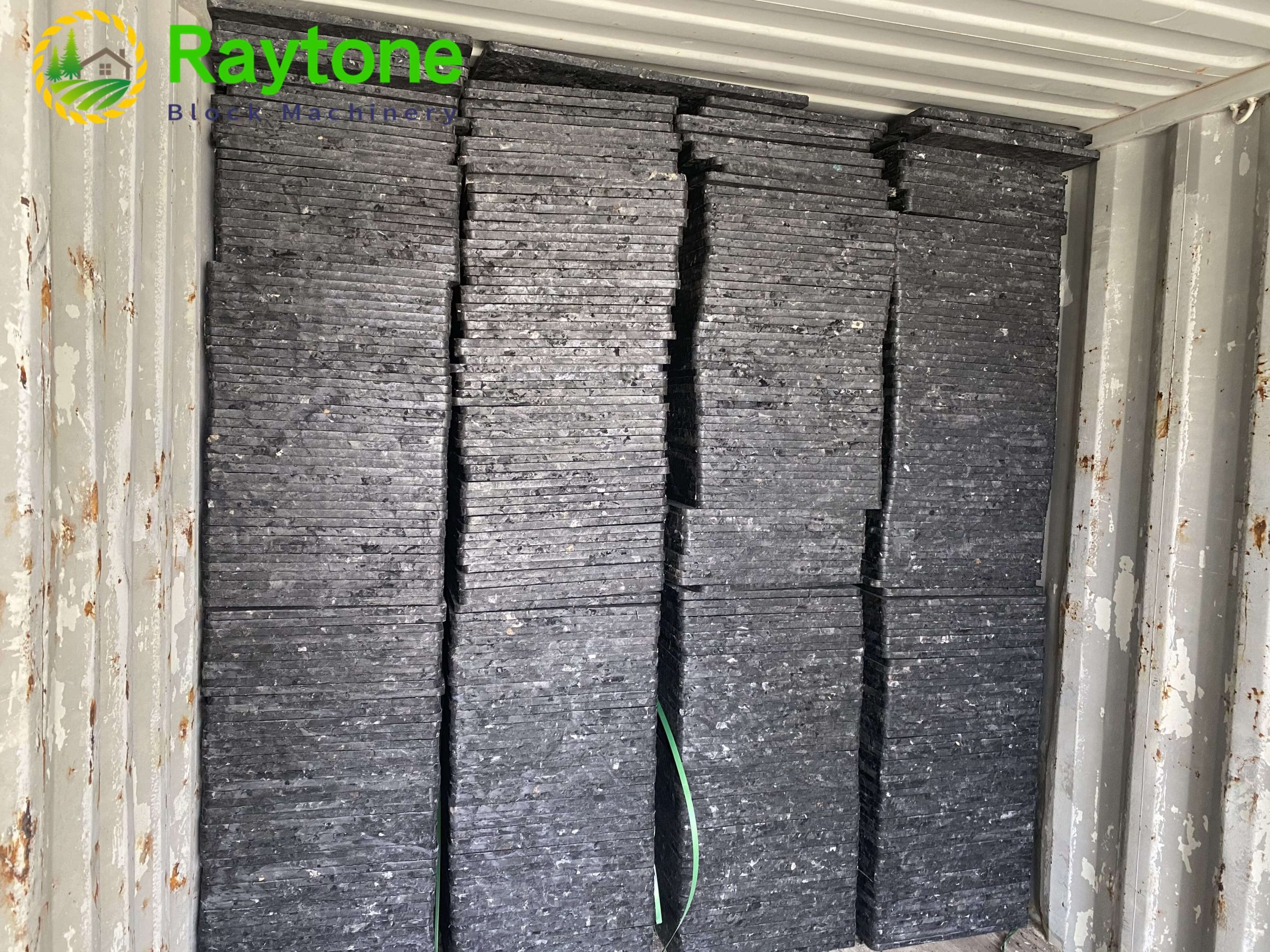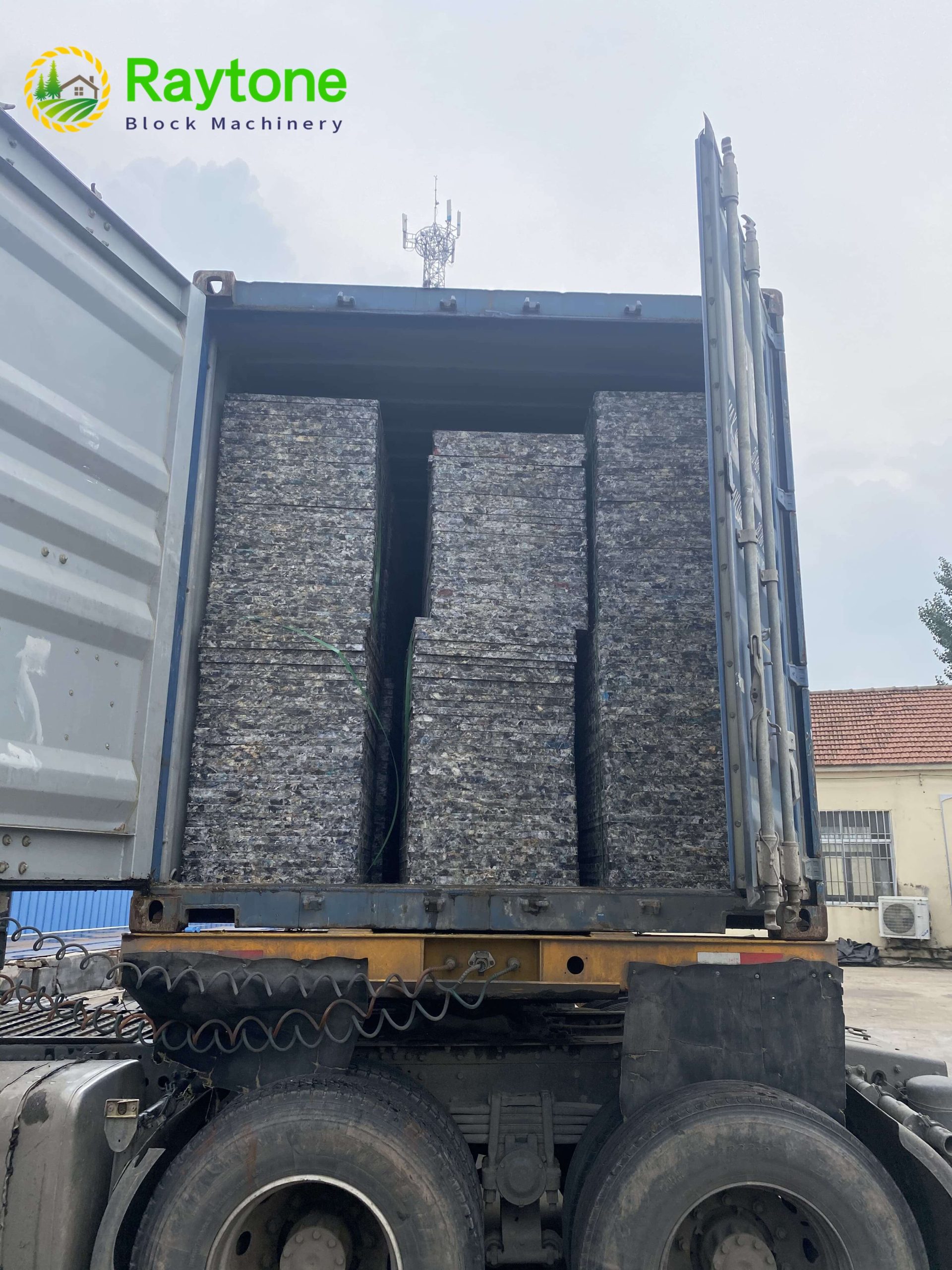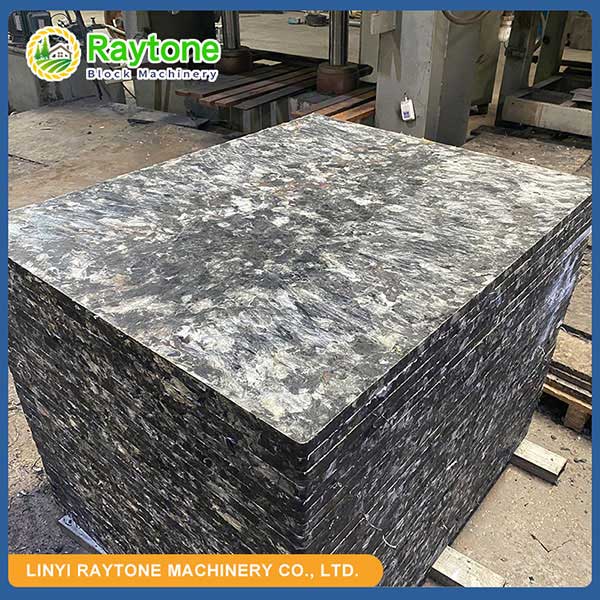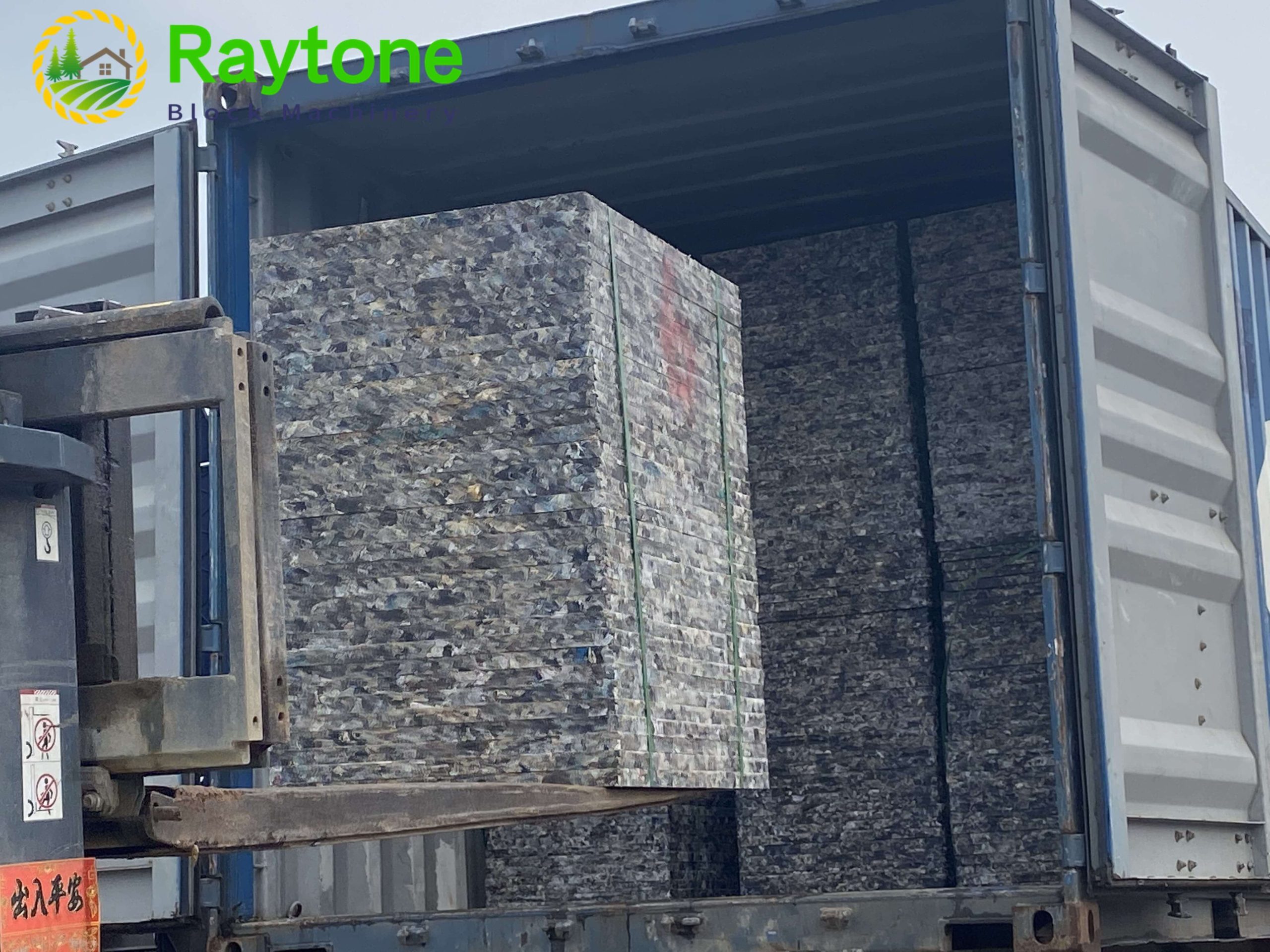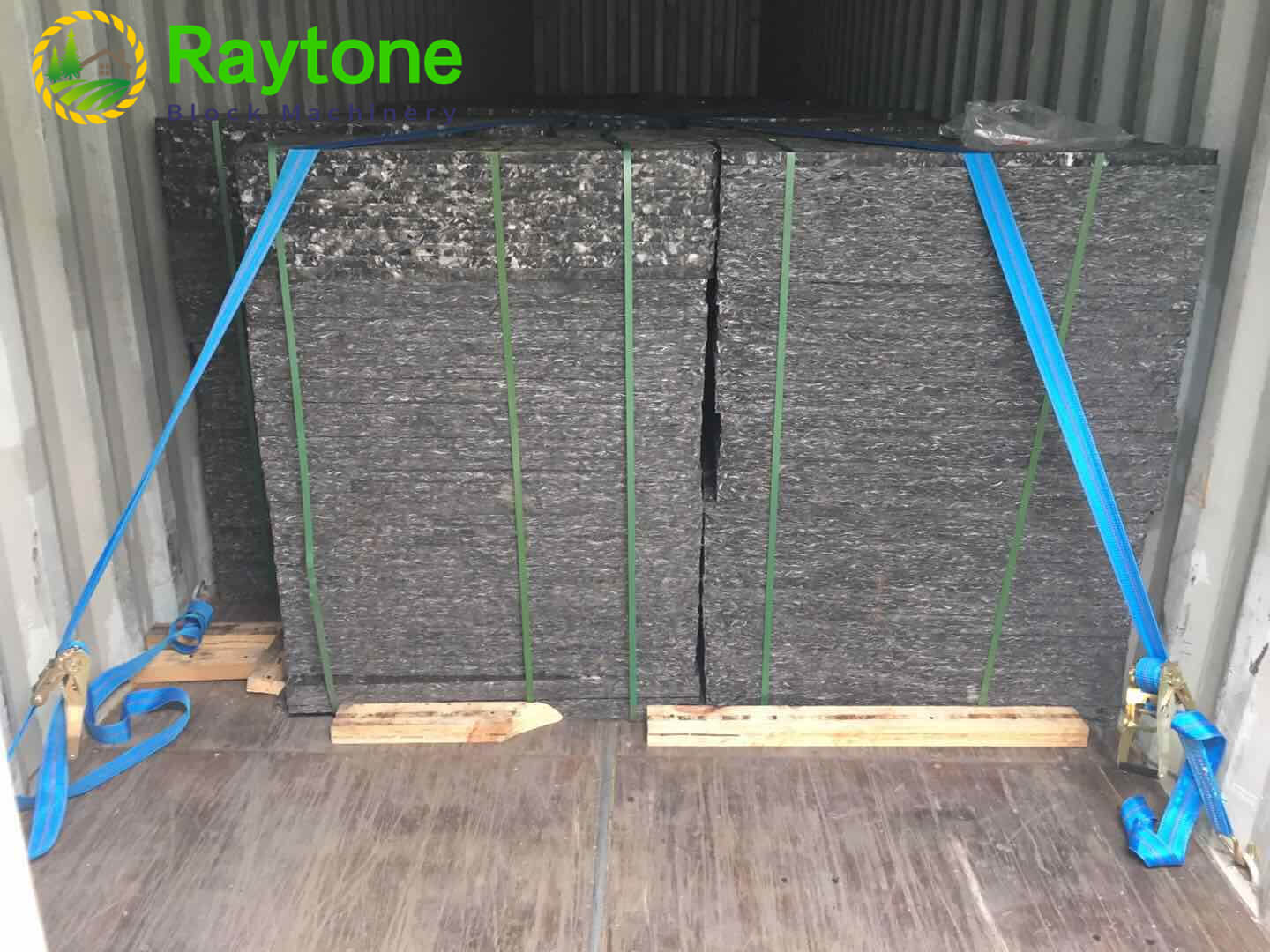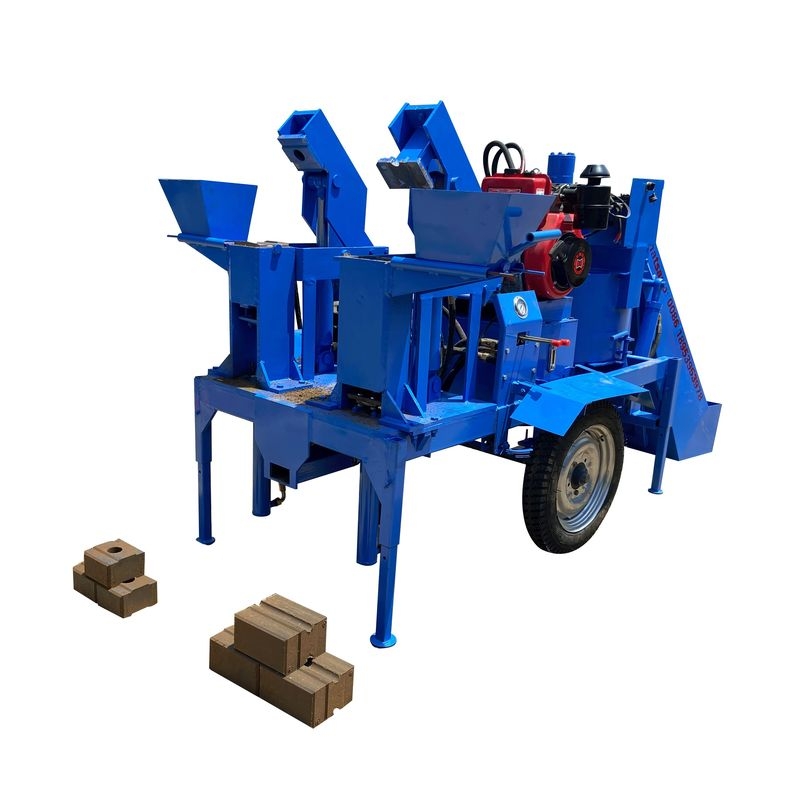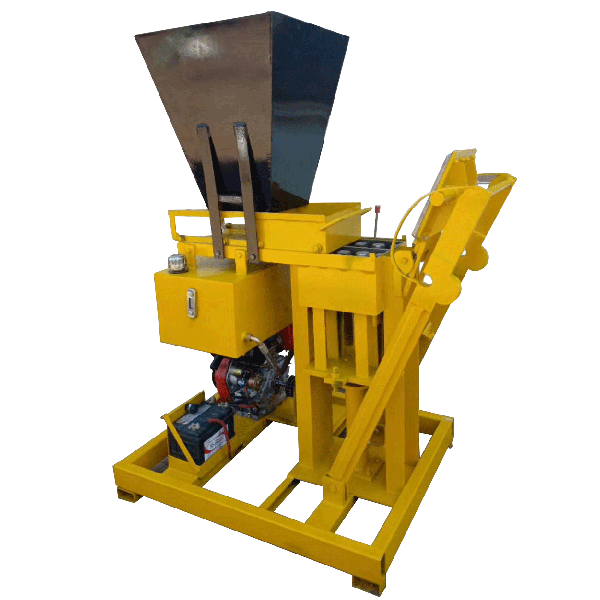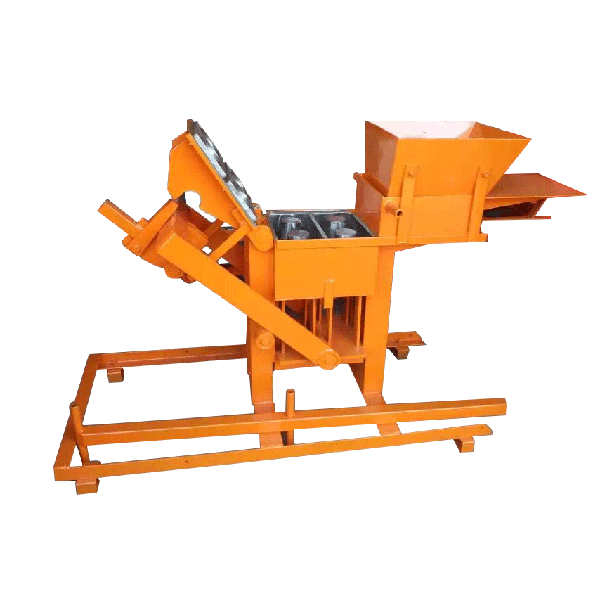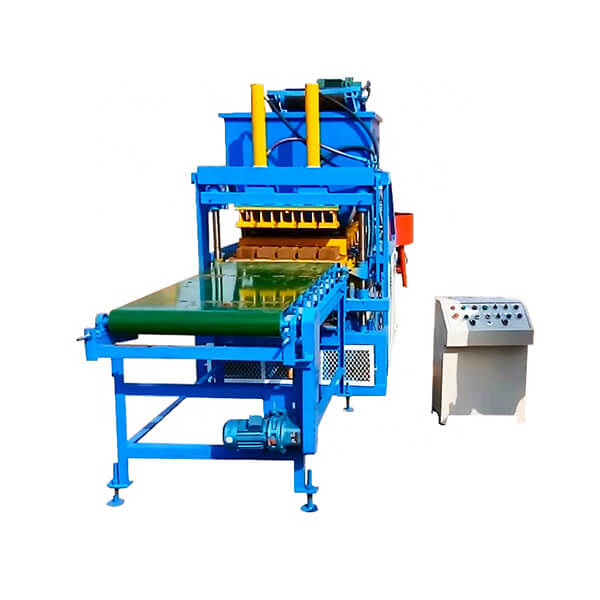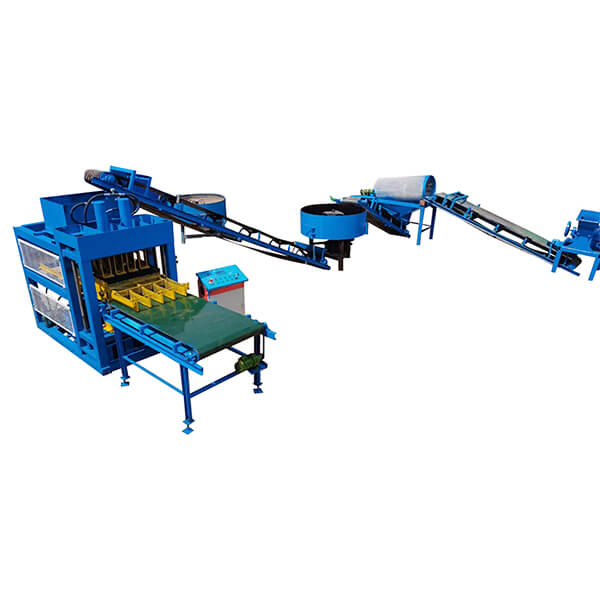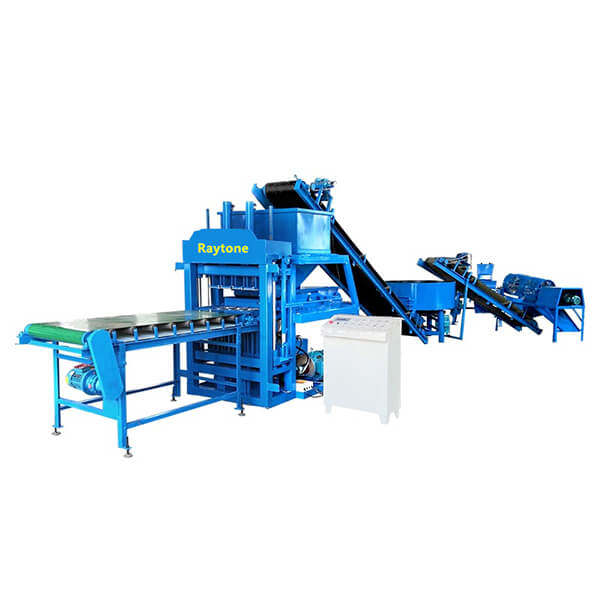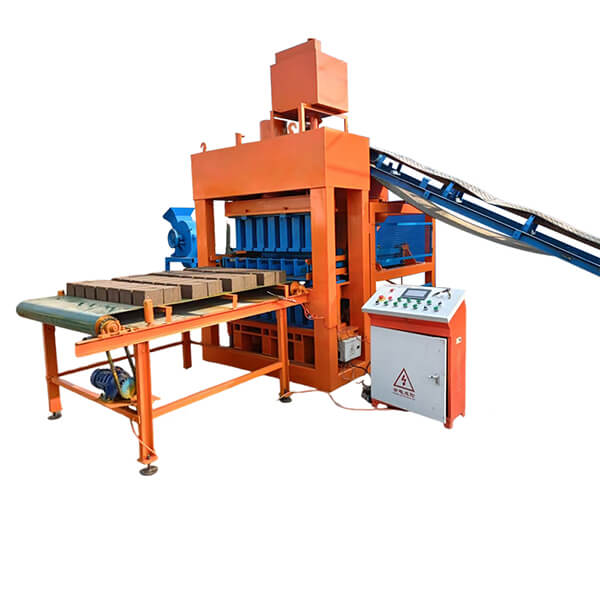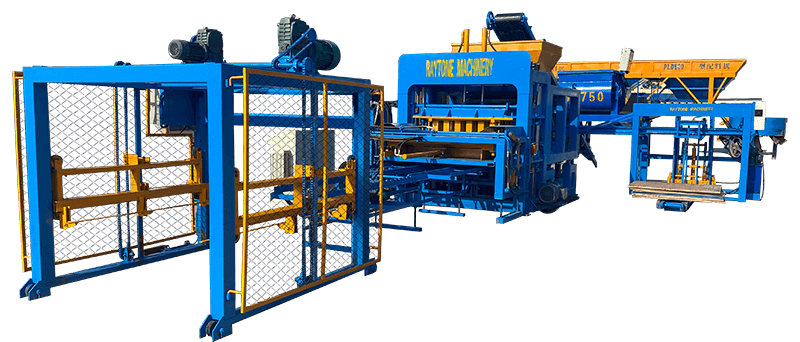An automatic clay brick machine, such as the QT4-10 automatic clay brick making machine, is a sophisticated piece of equipment designed to streamline the production of clay bricks. This innovative machinery automates the entire brick-making process, from raw material preparation to final product shaping and curing. The machine utilizes a combination of mechanical, hydraulic, and electrical systems to efficiently transform clay into uniform, high-quality bricks. By controlling factors such as moisture content, pressure, and curing conditions, the automatic clay brick machine ensures consistent output while significantly reducing labor costs and production time. This advanced technology has revolutionized the construction industry, enabling manufacturers to meet the growing demand for building materials with increased efficiency and precision.
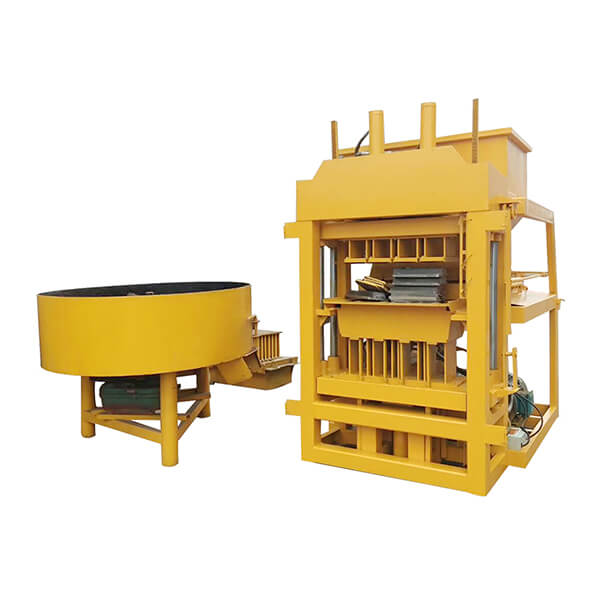
Components and Functionality of Automatic Clay Brick Machines
Raw Material Feeding System
The journey of clay brick production begins with the raw material feeding system. This crucial component of the automatic clay brick machine ensures a consistent and controlled supply of clay to the production line. Advanced models, like the QT4-10, feature automated feeders that can handle various types of clay and additives. These feeders are equipped with sensors that monitor the material flow, adjusting the feed rate to maintain optimal production conditions. The system also includes pre-processing equipment such as crushers and mixers, which prepare the clay by breaking down large chunks and ensuring uniform consistency before it enters the main production process.
Extrusion and Molding Mechanism
At the heart of the automatic clay brick machine lies the extrusion and molding mechanism. This system is responsible for shaping the prepared clay into the desired brick form. The extrusion process involves forcing the clay through a die under high pressure, creating a continuous column of material with the cross-sectional shape of the brick. Sophisticated machines employ vacuum de-airing chambers to remove air pockets from the clay, resulting in denser, stronger bricks. The molding mechanism then cuts the extruded clay into individual bricks of precise dimensions. Advanced sensors and computer-controlled systems ensure that each brick meets exact specifications, minimizing waste and improving overall product quality.
Drying and Curing Systems
After molding, the freshly formed bricks enter the drying and curing phase. Modern automatic clay brick machines incorporate innovative drying systems that carefully control temperature and humidity levels. These systems often use a combination of natural air circulation and artificial heat to gradually remove moisture from the bricks without causing cracks or deformations. Some advanced models feature multi-stage drying chambers that progressively reduce moisture content, optimizing energy efficiency and product quality. The curing process, which follows drying, involves exposing the bricks to specific environmental conditions to enhance their strength and durability. Automated control systems monitor and adjust these conditions throughout the curing period, ensuring consistent results across large production volumes.
Advantages of Using Automatic Clay Brick Machines
Increased Production Efficiency
One of the primary benefits of employing an automatic clay brick machine is the significant boost in production efficiency. These machines can operate continuously, producing thousands of bricks per hour with minimal human intervention. The QT4-10 automatic clay brick making machine, for instance, can achieve output rates that far surpass traditional manual methods. This high-speed production capability allows manufacturers to meet large-scale construction demands quickly and effectively. Moreover, the automated nature of these machines reduces production bottlenecks and minimizes downtime, leading to a more streamlined and cost-effective manufacturing process. The consistency in production pace also facilitates better planning and inventory management, enabling businesses to optimize their supply chains and respond more flexibly to market demands.
Enhanced Product Quality and Consistency
Automatic clay brick machines excel in producing bricks of superior quality and remarkable consistency. By precisely controlling each stage of the manufacturing process, these machines eliminate many of the variables that can lead to defects in manually produced bricks. The extrusion and molding mechanisms ensure that each brick has uniform dimensions, density, and shape, reducing the occurrence of warping or uneven surfaces. Advanced sensors and control systems continuously monitor and adjust production parameters, maintaining optimal conditions throughout the manufacturing cycle. This level of precision results in bricks with consistent physical properties, including compressive strength, water absorption rates, and thermal performance. The improved quality not only enhances the structural integrity of buildings but also reduces waste and callbacks, ultimately leading to higher customer satisfaction and brand reputation.
Cost-Effectiveness and Sustainability
Implementing automatic clay brick machines offers significant long-term cost benefits and supports sustainable manufacturing practices. While the initial investment in equipment like the QT4-10 automatic clay brick making machine may be substantial, the operational savings quickly offset this cost. These machines dramatically reduce labor requirements, lowering ongoing production expenses and mitigating workforce-related challenges. The high efficiency and precision of automatic systems also minimize material waste, optimizing resource utilization and reducing raw material costs. From an environmental perspective, these machines often incorporate energy-efficient technologies that decrease power consumption per unit produced. Some advanced models even include features for recycling and reusing process water, further enhancing their eco-friendly credentials. By enabling more efficient use of resources and reducing waste, automatic clay brick machines contribute to more sustainable construction practices, aligning with growing industry demands for environmentally responsible manufacturing processes.
Maintenance and Optimization of Automatic Clay Brick Machines
Regular Inspection and Cleaning Procedures
Maintaining the peak performance of an automatic clay brick machine requires a rigorous schedule of inspections and cleaning. Regular visual checks should be conducted on all major components, including the feeding system, extrusion mechanism, and cutting devices. Operators should look for signs of wear, misalignment, or material buildup that could affect machine efficiency. The QT4-10 automatic clay brick making machine, like other advanced models, often includes self-diagnostic systems that can alert operators to potential issues before they escalate into major problems. Cleaning procedures are equally crucial, as clay residue can accumulate in various parts of the machine, potentially leading to reduced performance or even breakdowns. Implementing a systematic cleaning routine, which may involve using specialized cleaning agents and tools, helps ensure that all systems continue to function optimally. This proactive approach to maintenance not only extends the lifespan of the equipment but also maintains consistent product quality and production rates.
Calibration and Performance Monitoring
To ensure that an automatic clay brick machine continues to produce bricks that meet exact specifications, regular calibration and performance monitoring are essential. This process involves fine-tuning various machine parameters, such as extrusion pressure, cutting timing, and drying temperatures. Advanced automatic clay brick machines are equipped with sophisticated sensors and control systems that allow for precise adjustments. Regular calibration ensures that these systems remain accurate over time, compensating for any gradual changes due to wear or environmental factors. Performance monitoring goes hand in hand with calibration, involving the continuous collection and analysis of production data. This data can reveal trends or anomalies in brick quality, production rates, or energy consumption, allowing operators to make informed decisions about machine settings or maintenance needs. By maintaining optimal calibration and closely monitoring performance metrics, manufacturers can maximize the efficiency and output quality of their automatic clay brick machines.
Upgrading and Retrofitting Considerations
As technology in the field of automatic clay brick manufacturing continues to advance, considering upgrades or retrofits for existing machines can be a wise investment. Upgrading components or systems can enhance production capacity, improve energy efficiency, or add new functionalities that keep the machine competitive with newer models. For instance, older machines might benefit from the installation of more advanced control systems or energy-efficient motors. Retrofitting options could include adding automated material handling systems or integrating more sophisticated moisture control technology. When contemplating upgrades, it’s crucial to assess the compatibility of new components with the existing machine architecture and evaluate the potential return on investment. Some manufacturers offer modular upgrade packages specifically designed for their machines, making it easier to implement improvements without replacing the entire system. By strategically upgrading and retrofitting automatic clay brick machines, manufacturers can extend the useful life of their equipment while staying at the forefront of production technology.
Conclusion
Automatic clay brick machines have revolutionized the construction material industry, offering unparalleled efficiency, consistency, and quality in brick production. From the sophisticated raw material handling to the precise extrusion and molding processes, these machines exemplify the pinnacle of modern manufacturing technology. The advantages they bring in terms of increased production capacity, enhanced product quality, and cost-effectiveness make them an invaluable asset for brick manufacturers worldwide. As the industry continues to evolve, the ongoing maintenance, optimization, and strategic upgrading of these machines will be crucial in meeting the ever-growing demands of the construction sector while adhering to sustainability goals.
Contact Us
Are you ready to revolutionize your brick production process? At Raytone Machinery, we’re committed to providing cutting-edge QT4-10 automatic clay brick making machines that deliver exceptional performance and value. Our expert team is ready to help you find the perfect solution for your manufacturing needs. Contact us today at hazel@raytonechina.com to learn more about our range of products, including the advanced QT4-10 automatic clay brick making machine, and take the first step towards transforming your production line.
References
- Zhang, L., & Wang, Y. (2020). Advances in Automatic Clay Brick Manufacturing Technologies. Journal of Construction Materials, 45(3), 78-92.
- Thompson, R. (2019). Energy Efficiency in Modern Brick Production. Sustainable Building Technologies, 12(2), 145-160.
- Patel, S., & Johnson, K. (2021). Quality Control in Automated Clay Brick Manufacturing. International Journal of Industrial Engineering, 33(4), 412-428.
- Lee, H., & Kim, S. (2018). Optimization of Drying Processes in Automatic Clay Brick Production. Drying Technology, 36(7), 823-839.
- Müller, A., & Schmidt, E. (2022). Sustainability Aspects of Automated Brick Manufacturing. Journal of Cleaner Production, 315, 128973.
- Brown, C., & Davis, M. (2020). Maintenance Strategies for Longevity in Automatic Brick Making Equipment. International Journal of Maintenance and Reliability, 25(3), 567-582.


